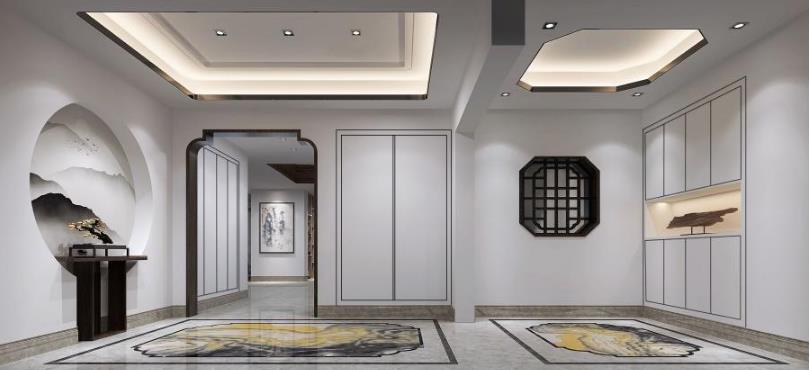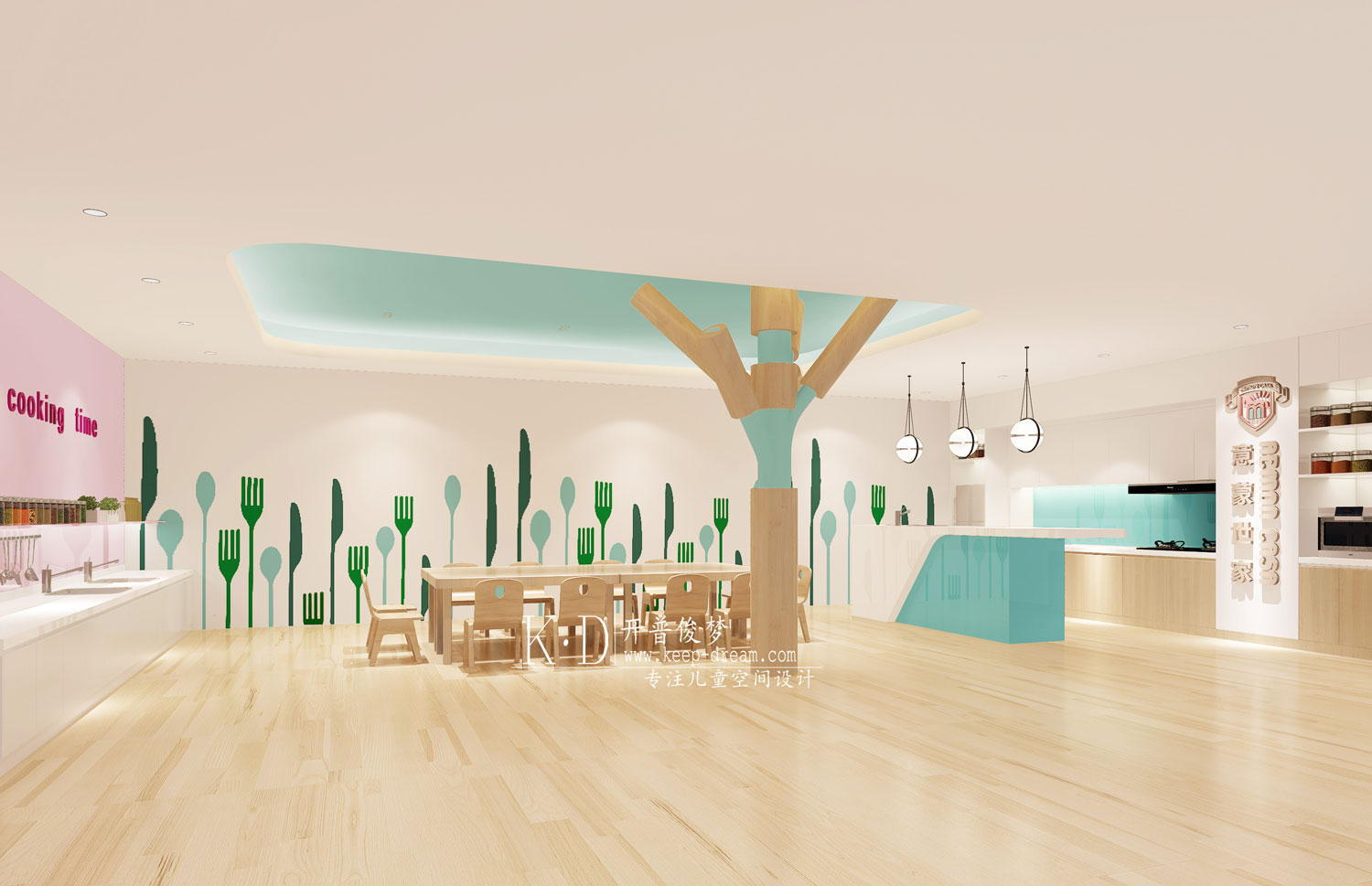AD Classics Maison du Bresil Le Corbusier
2013-02-06 00:00
1952年,在朱塞利诺·库比奇克总统的领导下,巴西政府委托这座建筑在巴黎为巴西研究生提供住所,并促进法国与巴西的关系。为了设计这座建筑,他们挑选了最著名的建筑师劳西奥·科斯塔(Lúcio Costa),他的工作计划是巴西利亚。完成初步草图后,科斯塔联系了与他合作制定巴西利亚计划的勒柯布西耶,帮助设计过程,忽略了建筑。很快,柯布西耶对科斯塔最初的建筑设计进行了重大改变。虽然建筑物的主要形式保持不变,但这些变化足以使科斯塔从项目中走出来,最终他的名字将从设计中删除。
The Brazilian government, under President Juscelino Kubitschek at the time, commissioned the building in 1952 to provide a residence for Brazilian graduate students in Paris, and to promote the relations between France and Brazil. To design the building, they selected Lúcio Costa, the architect most famous for his work planning Brasilia. After completing initial sketches, Costa reached out to Le Corbusier, with whom he had collaborated on the plans for Brasilia, to aid in the design process and overlook construction. Rather quickly, Corbusier made significant changes to Costa’s original design for the building. Although the major forms of the building remained the same, the changes were enough to estrange Costa from the project, and he would eventually have his name removed from the design.
这座建筑和柯布西耶的瑞士馆(1932年)一样,是一座五层楼高的混凝土建筑,矗立在地上的高跷上,也是用混凝土制成的。在这本书的下面是一个不规则的一楼,里面有西侧的行政空间,东部的公共空间,如图书馆、剧院、展览空间和集合空间。两个翅膀连接在建筑物下面的曲线通道,在内部作为一个中间空间,并在外部作为一个边界的室外拱廊。
The building, like Corbusier’s Swiss Pavilion (1932), is a five story concrete volume that stands above the ground on stilts, also made of concrete. Beneath this volume is an irregular first floor that houses administrative spaces in the west wing, and communal spaces, such as the library, the theatre, the exhibition space and gathering space, in the east. The two wings are joined underneath the building by a curvilinear passage that acts internally as an intermediate space, and externally as a boundary for outdoor arcades.
上面的大量空间是住宅空间的所在,在西侧设有房间,在东部设有公用厨房、楼梯井和其他设施。因此,东面和西面因其各自的内部功能而不同。东面的中央有大的玻璃展区,使公共厨房光线明亮,两边都有小方形的窗户,让光线进入两侧的楼梯井。带有彩色色彩的阳台构成了整个西面,非常类似于1952年的“联合作息”(Unite d‘Habacy)。这些阳台,不像更典型的阳台,从建筑物的表面突出,实际上定义了建筑物的表面,因为他们是连续的垂直和水平。阳台内饰上的原色提供了与整体重复不同的颜色,使外观的构图具有节奏的特征。一楼也有多种颜色,最突出的是黄色,这有助于确定表格的特征。
The large volume above, which houses the residential spaces, is laid out with rooms in the west wing and communal kitchens, stairwells, and other facilities in the east. As such, the eastern and western facades differ according to their respective interior functions. The eastern facade has large glass expanses in the middle to allow for light and openness in the communal kitchens, and small square windows on either side to allow light to enter the flanking stairwells. Balconies painted with polychrome colors make up the entire western facade, very much like those of the Unite d’Habitation (1952). These balconies, unlike more typical balconies that protrude from the face of the building, actually define the building face as they are continuous both vertically and horizontally. Primary colors painted on the balcony interiors offer variance from the overall repetition, giving the façade’s composition a rhythmic character. Polychrome colors are also present throughout the first floor, most prominently in yellow, which help to define the character of the forms.
整个混凝土都是用“Betón Brut”来处理的,这是柯布西耶经常使用的一种风格,混凝土的模板在表面上仍然根深蒂固。因此,混凝土是粗糙的,未经处理的,并且保留了形成它的木材的大部分纹理图案。这一过程通过揭示构成建筑物的原材料和形成过程,使建筑物的建造和工艺变得更加清晰。
The concrete throughout is treated with ‘betón brut’, a style Corbusier used often, for which the formwork of the concrete remains ingrained on the surface. The concrete, as a result, is rough and untreated and withholds much of the grain pattern of the wood that formed it. This process makes apparent the building’s construction and craft by revealing the raw materials and formative processes that constitute the building.
1985年,这座建筑被列入法国历史古迹名录。1997年,为了恢复原有的光泽,它被关闭,进行重大翻修。
In 1985, the building was added to the inventory of French historic monuments. And in 1997, it was closed for major renovations in an effort to regain its original luster.
建筑师勒柯布西耶位置7L大道旅行类别协会建筑师负责勒柯布西耶建筑师卢西奥科斯塔工程1959年照片塞缪尔路德维希
Architects Le Corbusier Location 7 L Boulevard Jourdan Category Institute Architect in Charge Le Corbusier Architect Lucio Costa Project Year 1959 Photographs Samuel Ludwig
 举报
举报
别默默的看了,快登录帮我评论一下吧!:)
注册
登录
更多评论
相关文章
-

描边风设计中,最容易犯的8种问题分析
2018年走过了四分之一,LOGO设计趋势也清晰了LOGO设计
-

描边风设计中,最容易犯的8种问题分析
2018年走过了四分之一,LOGO设计趋势也清晰了LOGO设计
-

描边风设计中,最容易犯的8种问题分析
2018年走过了四分之一,LOGO设计趋势也清晰了LOGO设计
















































